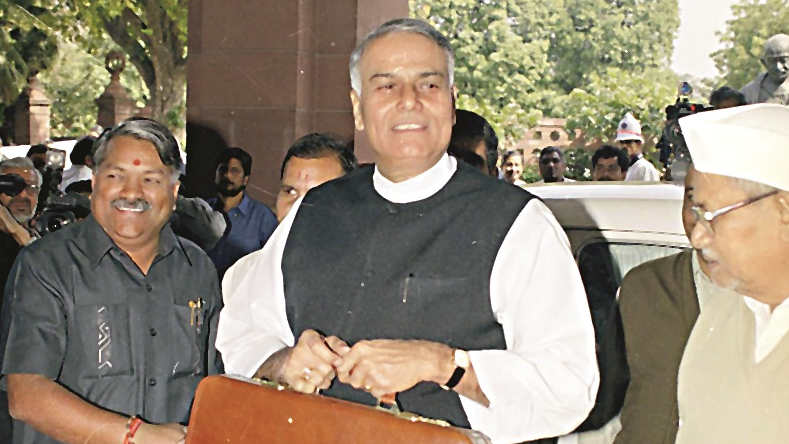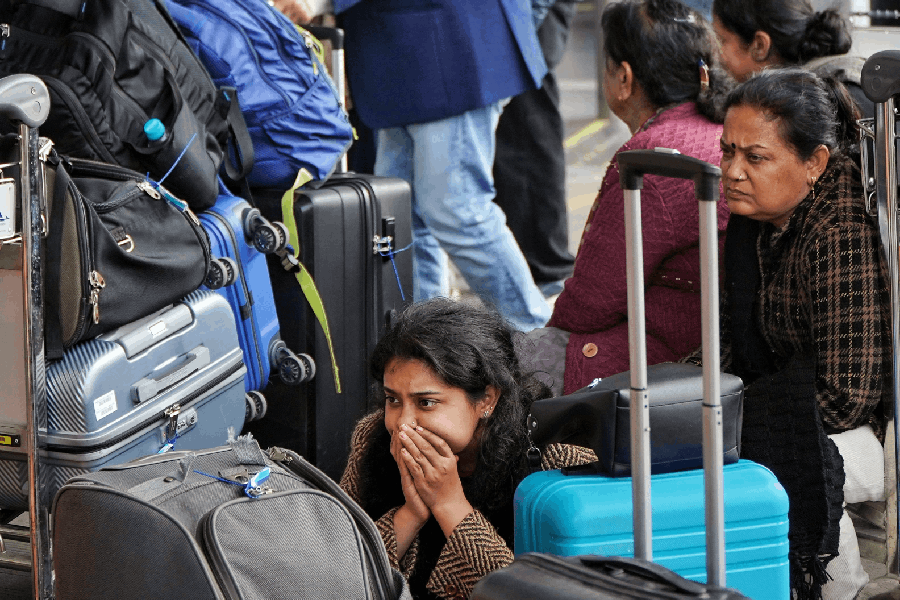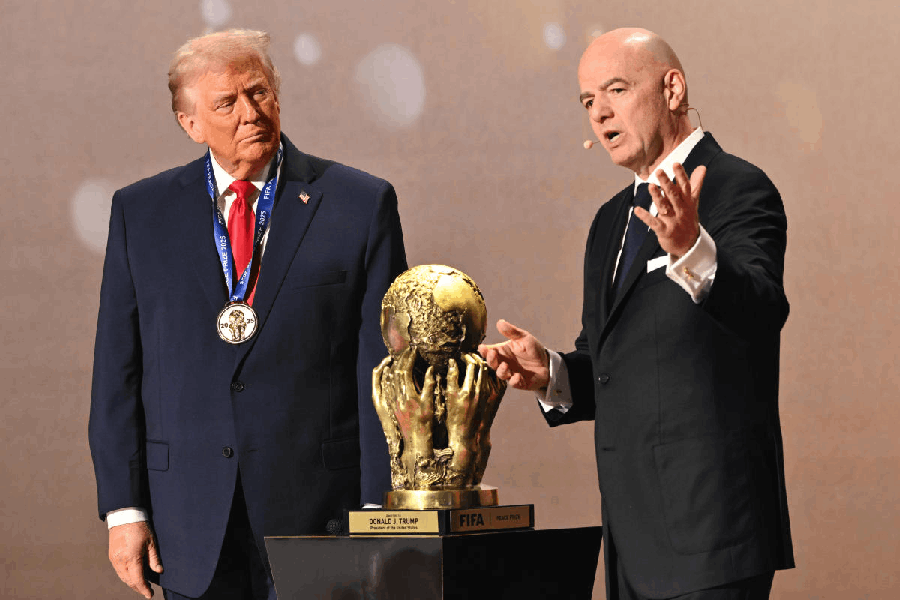I can do no better than quote I.G. Patel, the famous economist of his time, about the situation which India faced in 1991. In a talk he had delivered in Bangalore sometime in 1991, he had referred to the earlier Rajiv Gandhi regime, which was in power between 1984 and 1989, and said that it appeared as if “money did not matter” because during those five years India splurged like never before. That had led to a huge fiscal deficit in the Government of India’s budget without anybody realizing that these deficits had to be met by borrowing — within the country and abroad. So we went on borrowing merrily. Soon, the fiscal deficit of the GoI’s budget, as expected, spilled into the current account, leading to huge current account deficits year after year. Both the budgetary deficit and the current account deficit created an unsustainable situation as far as India’s foreign exchange reserves were concerned, which, in those days, were only around five billion US dollars. This was soon consumed by essential imports and we had very little foreign currency reserves in our kitty when I took over as the finance minister at the end of 1990.
These twin deficits created not only a balance of payments crisis for us but also an economic crisis because inflation went up, shortages of all kinds started taking place and, as if that was not enough, we had the first Gulf War with American troops attacking Iraq. As a result, prices of petroleum crude shot up and put an unbearable burden on the meagre foreign exchange resources of the country. Therefore, in December 1990, when I took over as finance minister in the Chandra Shekhar government, I was confronted with a situation of sharply diminishing foreign exchange reserves, a looming balance of payments crisis, inflation in the domestic economy, and shortages of essential commodities all around. In addition, the non-resident Indians started withdrawing their money in foreign exchange which further depleted our reserves. It was a very difficult situation politically also as our minority government was entirely dependent on the support of the Congress in Parliament. I wanted to present the budget on the appointed date — namely, February 28 — but politics and not the critical economic situation was of greater importance to the Congress. The party did not allow me to present the budget. The presentation of the budget would have enabled us to approach the International Monetary Fund for a more substantial loan of maybe around five billion US dollars. It would have sustained the economy and addressed the balance of payments situation at least in the short term until we unleashed the much-needed reforms in the budget, as indeed Manmohan Singh did when he presented the budget in July 1991. I learnt my first bitter lesson then of public life in India — that in India economics does not matter, politics is always supreme.
Be that as it may, we got a couple of billion dollars worth of facility from the IMF, which enabled us to carry on until about June of that year. Then we demitted office and the P.V. Narasimha Rao government took office. Singh became the finance minister. Earlier, when Chandra Sekhar was the prime minister, Singh was the economic adviser to the prime minister. He was fully aware of the dire situation the economy was in. In his budget of July 1991 — it became a landmark budget, famous for the economic reforms it unleashed — he was able to take control of the situation. After that, the situation kept improving. But the point I would like to make here is that the political climate in India was still hostile to economic reforms. So while Singh started with economic reforms in his budget of 1991, he was able to carry them forward only in the budget of 1992 and only partly in the 1993 budget. After that, he faced so much opposition to them from within the Congress that by 1993-1994, he had to largely give up on economic reforms and we were back to the ‘no economic reforms era’. Then the Narasimha Rao government lost office and the H.D. Deve Gowda government took power. This was also a politically unstable government, but P. Chidambaram became the finance minister. He presented his first budget in 1996. Deve Gowda was replaced by I.K. Gujral but Chidambaram continued as finance minister and presented the 1997 budget. This was considered a landmark budget largely on account of the rationalization of direct taxes.
But then came the East Asian crisis right in our backyard and things started getting tough for India on account of its adverse impact on our balance of payments situation. I took over as finance minister under the first Atal Bihari Vajpayee government in March 1998. The situation that I faced then was as follows — first, the East Asian crisis was raging; second, we went for nuclear tests in May that year. The May nuclear tests led to the imposition of economic sanctions on India by the major countries of the world, including the United States of America, which completely ruined the economic sentiment in our country and abroad and we became a pariah in the international community. Our foreign exchange reserves were at a reasonable level — if I remember correctly at about 25-26 billion dollars. But that was not enough to tackle the adverse sentiment that prevailed within and outside about India. So those foreign exchange reserves had to be shored up and, therefore, I went for the Resurgent India Bonds. It was a bond that was issued in the international market but was open only to NRIs and Persons of Indian Origin. We had hoped to get a couple of billion dollars, but within a week or 10 days we had topped four billion dollars. When we reached a figure of 4.25 billion dollars, I decided that that was enough. Although there were still some days left for the scheme to close, I closed it prematurely. That was a turning point because it restored the confidence of foreign investors in India and that of doubters at home. We did not really look back after that. In the 1998 budget and the subsequent ones, I decided to carry on the pending economic reforms programme. In budget after budget, I introduced major economic reforms. I am not boasting when I say that there was not an area in the economy that my reforms did not touch.
In 1999-2000, we issued the Millennium Development bonds, which got us another five billion dollars. So our foreign exchange reserves remained stable and the economy started moving forward on the basis of the reforms that we were carrying out. But we had other major problems. The economic sanctions took some time to be lifted by those countries that had imposed them and the economic reforms programme took a while to make a difference on the ground. We also had natural calamities to tackle — the supercyclone of Odisha of 1999, the Gujarat earthquake, as well as a series of droughts in India that badly affected the agricultural economy. But we were able to weather the storm. I remember that during a discussion in Parliament on the budget, I told the members of the Lok Sabha, “Main laya hun toofan se kashti nikaal kar.” It really was one storm after another through which we had to navigate our course. By 2004, when the Vajpayee government demitted office — I left the ministry of finance in July 2002 — the growth rate of the Indian economy was over 8 per cent. In the first Economic Survey, the United Progressive Alliance government admitted that it had inherited an economy, which was firing on all cylinders. Then came the UPA’s reform programmes and policies; we had already provided a base for the UPA to have a very comfortable period of high growth. The highest growth period of the Indian economy was between 2004-2009, which was around 10 per cent.
But we had our own problems within the country. The first tenure of Prime Minister Manmohan Singh was marked by a great deal of corruption, which came to light subsequently. I am not going into the details. Then the international situation changed and we had the global financial crisis, beginning with the US, that affected India too. So we went through another phase of declining growth rate until 2013. But on the economic front, the National Democratic Alliance government, which succeeded the UPA, did not do very much with the result that our growth rate declined, once again. Some measures like demonetization and the introduction of the goods and services tax without adequate preparation had a very bad impact on the economy. Even before Covid-19 struck India, our growth rate had declined to a meagre 4 per cent. Covid has only added to our woes. What is worse is that government figures have become dubious. I do not believe the figures which come out any more. What happened to the Statistical Commission, an independent body, which I had set up to independently collect and disseminate economic and other statistics? It was not allowed to function independently and was put under continuous pressure either to conceal unflattering data or dress them up. The acting chairman and the only other member of the Commission resigned. The government’s statistics have now become extremely suspect as they are often dressed up. The economy, as a result of the virus, is in very poor shape. I do not know how long it will take for us to get out of it.
The economic reforms programme, which was started in 1991, spluttered and came to a halt after three years. It was revived again during the Vajpayee era, when I became the finance minister. The fruits of economic growth were enjoyed by the UPA government. Since then, there has not been much reform. The Indian economy is languishing as a result of the absence of reforms and some of the mindless steps taken by this government like demonetization.
Yashwant Sinha is a former Union finance minister of India











